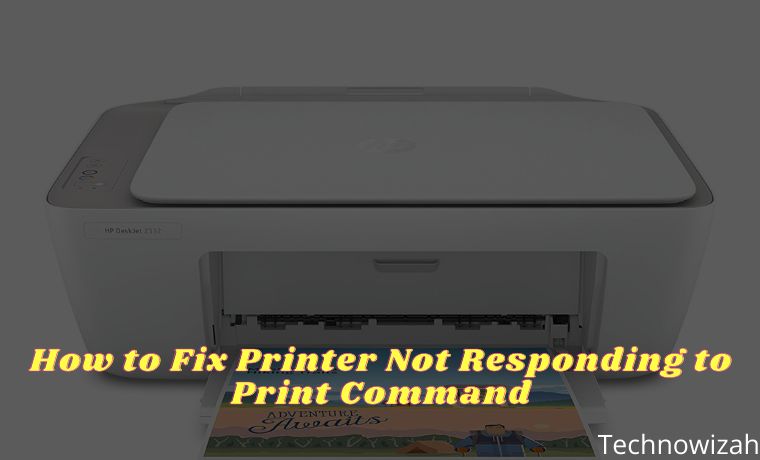8 Ways to Fix WHEA Uncorrectable Error Windows 10 PC – Windows often has a history of blue screen error messages. Known as the Blue Screen of Death, this error also contains important information regarding sudden death on your system.
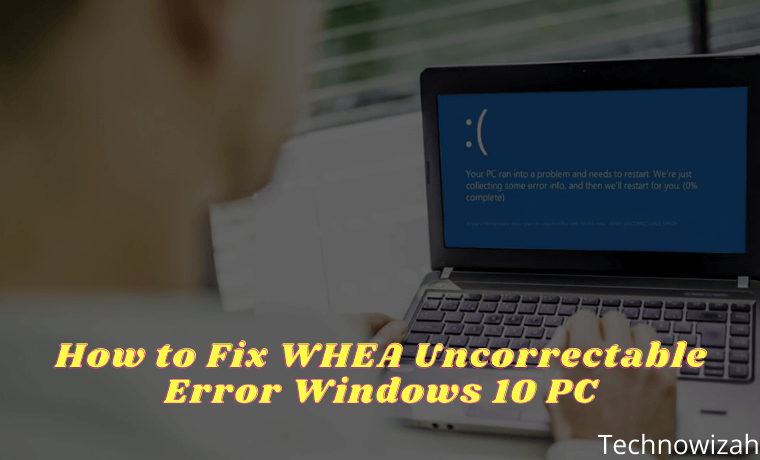
How to Fix WHEA Uncorrectable Error Windows 10 PC Laptop
Some Windows crash errors are more subtle than others and therefore more difficult to troubleshoot. WHEA Uncorrectable Error is one of them. In this article, we will explain how to Fix the WHEA Uncorrectable Error and how to stop it from happening again.
Read more:
- What is Keylogger? Protect PC From Keylogger’s 5 Best Tips
- 10 Ways to Fix DNS Server Isn’t Responding Error Windows PC
- 17+ Lightest Browsers for Windows PC with Low Specs
- 8 Ways to Check VGA on Windows 10 Laptop PC
What is WHEA Uncorrectable Error?
WHEA_UNCORRECTABLE_ERROR (Windows stop code 0x0000124) is a hardware error. There are several common causes for WHEA_UNCORRECTABLE_ERROR, most of which are directly related to your system hardware:
- Faulty hardware ( Faulty hard drive, GPU, CPU, PSU, faulty RAM, etc.)
- Driver compatibility issues
- Heat and voltage issues (Overclocking and voltage changes)
- Corrupt Windows system files or registry files
Although not always the source of the problem, voltage issues are a very common cause of this WHEA Uncorrectable Error. The WHEA message and stop code 0x0000124 give us an indication of the nature of the error, but viewing the error dump file will provide more information. Your Error dump file (.DMP) was found in C:/Windows/Minidump and will have timestamps. Unfortunately, we can’t offer a solution for every problem, but the following fixes should reduce or remove your WHEA Uncorrectable Error.
How to Fix WHEA Uncorrectable Error
Step 1: Run CHKDSK
First, before making any specific hardware changes, try running Windows Check Disk from the Command Prompt. CHKDSK is a Windows system tool that verifies the file system and with certain settings, fixes problems as it runs.
Type the command prompt in your Start menu search bar, then right-click the most suitable one and select Run as administrator. (Alternatively, press Windows Key + X, then select Command Prompt (Admin) from the menu.) Next, type chkdsk /r and press Enter. This command will scan your system for errors and fix any issues along the way.
Step 2: Check Your System Hardware
WHEA_UNCORRECTABLE_ERROR is closely related to your system hardware. Before proceeding with the system reset and memory tests, physically check your system hardware. Check if the cooling system is working properly, your RAM is securely in its slots, and make sure the CPU is not loose, and so on.
Step 3: Reset System Overclocking
If you’ve overclocked your system in search of higher speeds, there’s a good chance you’ll run into WHEA_UNCORRECTABLE_ERROR. The easiest way to cross this off the list is to reset your system BIOS and remove the effects of any overclocking.
You have to enter your system BIOS or UEFI menu. To do this, shut down your system. Next, restart your system, by pressing your BIOS/UEFI menu access button.
BIOS and UEFI settings vary by manufacturer, but menu titles are usually similar. You are looking for the Overclocking option. For the most part, overclocking options are found under the Advanced, Performance, Frequency, or Voltage menus. Find the menu and reset your overclocking options. A reset will return your system to its out-of-box state and may also remove WHEA_UNCORRECTABLE_ERROR in the process.
Step 4: Reset BIOS/UEFI Settings
If removing your BIOS/UEFI overlock settings doesn’t fix the WHEA_UNCORRECTABLE_ERROR, try resetting your entire BIOS. Try looking for options in the BIOS to complete a full BIOS settings reset or restore BIOS settings to default.
Step 5: Update BIOS/UEFI Settings
Again, this process varies greatly depending on your system’s motherboard manufacturer. Some BIOS/UEFI settings can be automatically downloaded and updated using a desktop utility. Other manufacturers ask you to download the BIOS update and flash the firmware yourself. If you’re not sure what motherboard you have? Try downloading the CPU-Z app and running it. Go to the Mainboard tab and find your motherboard manufacturer and model. You can find your BIOS brand and version in this tab as well.
Step 6: Check the Driver
Sometimes new drivers have a bad effect on your system. But in this day and age, it’s getting rarer as Windows 10 takes care of most of the driver updates. However, that doesn’t mean the new drivers can’t interfere with your system. Luckily, Windows 10 lists updated drivers in the Windows updates section, so you can quickly figure out where this problem is coming from.
Press Windows Key + I to open the Settings panel, then select Update & Security > View update history. You can find updated drivers here. Now, type the device manager in the Start menu search bar and select the most suitable one. Go down the list and check for the error symbol. If not, your driver status is probably not the source of the problem.
Step 7: Check RAM Using MemTest86
Windows has an integrated memory checker, called Windows Memory Diagnostic. Unfortunately, this tool does not have a good reputation and often misses the problems found using other tools such as MemTest86.
MemTest86 is a free memory testing tool for x86 machines. You can boot MemTest86 from a USB flash drive (or bootable disk) and leave it to check your system RAM. Now, the MemTest86 RAM check takes a long time to complete, a single pass can take hours depending on the amount of RAM you have installed.
To get the full MemTest86 experience, you’ll need to run at least two passes. However, by most reports, MemTest86 should expose serious RAM issues after a short time.
Go to the MemTest86 download page and download the Image for creating a bootable CD (ISO format). Next, you need to mount the MemTest86 ISO to a USB flash drive.
Burn MemTest86 using the tools of your choice, then shut down your system. Restart the system while pressing the key for your Boot Selection menu (usually F10, F11, DEL, or ESC), then select the bootable MemTest86 USB flash drive. The memory test will start automatically. If it returns a RAM error, complete an internet search for the error code and type it in to find the next course of action.
Step 8: Reset Windows 10 (Final Option)
If nothing else works, you can use Windows 10’s Reset function to refresh your system. Reset Windows 10 replaces your system files with a completely new set of files and it can remove all the issues related to WHEA_UNCORRECTABLE_ERROR while keeping most of your important files intact. Go to Settings > Update and Security > Recovery, then under Reset, this PC select Get Started.
Your system will restart as soon as you press the button, so make sure you back up important files beforehand. Your system will restart, then you can choose to Keep my files or Remove everything.
Conclusion:
This is the explanation of how to fix WHEA’s uncorrectable error in Windows 10. Look forward to other interesting articles and don’t forget to share this article with your friends. Thank you…
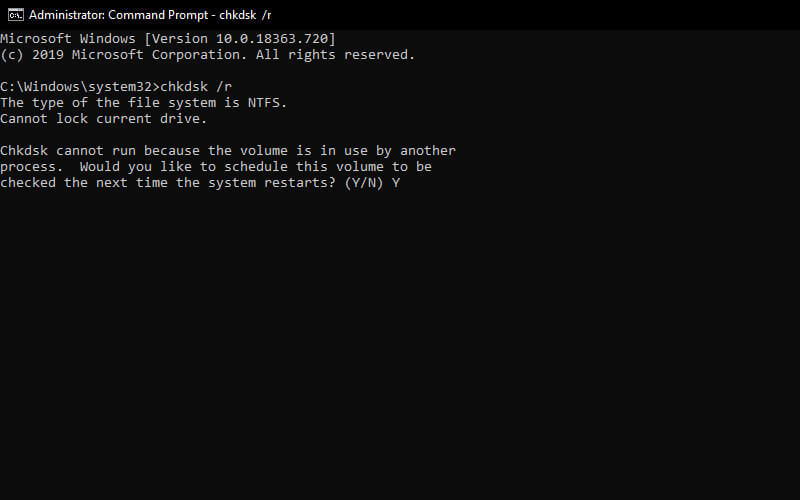
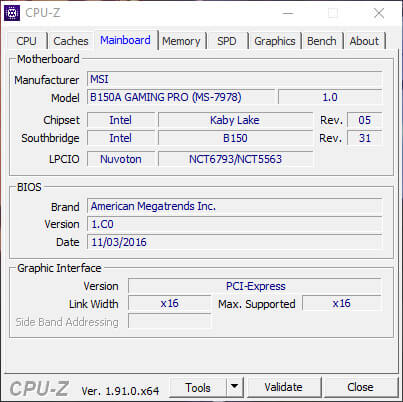
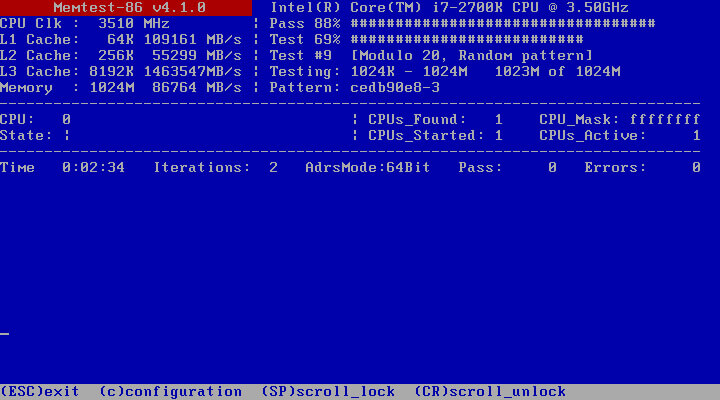
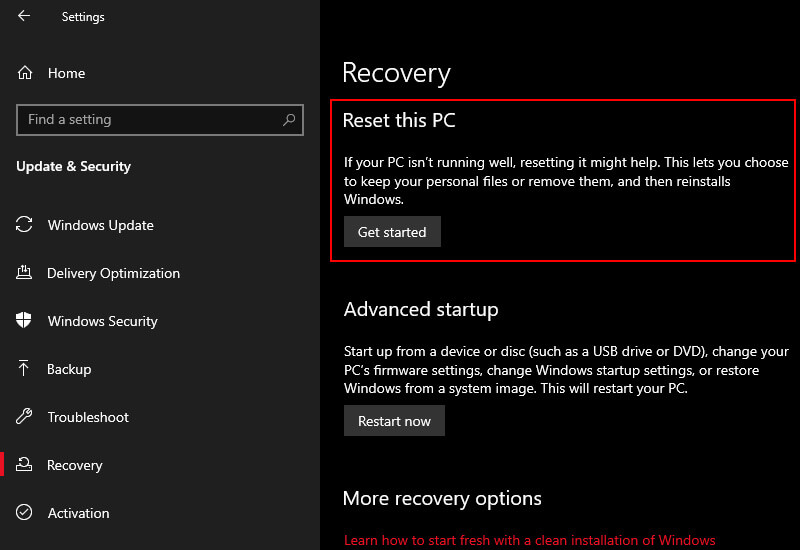
![8 Ways to Fix The Hosted Network Couldn’t Be Started in Windows 10 [2026] 8 Ways to Fix The Hosted Network Couldn't Be Started in Windows 10](https://technowizah.com/wp-content/uploads/2021/07/8-Ways-to-Fix-The-Hosted-Network-Couldnt-Be-Started-in-Windows-10.jpg)
